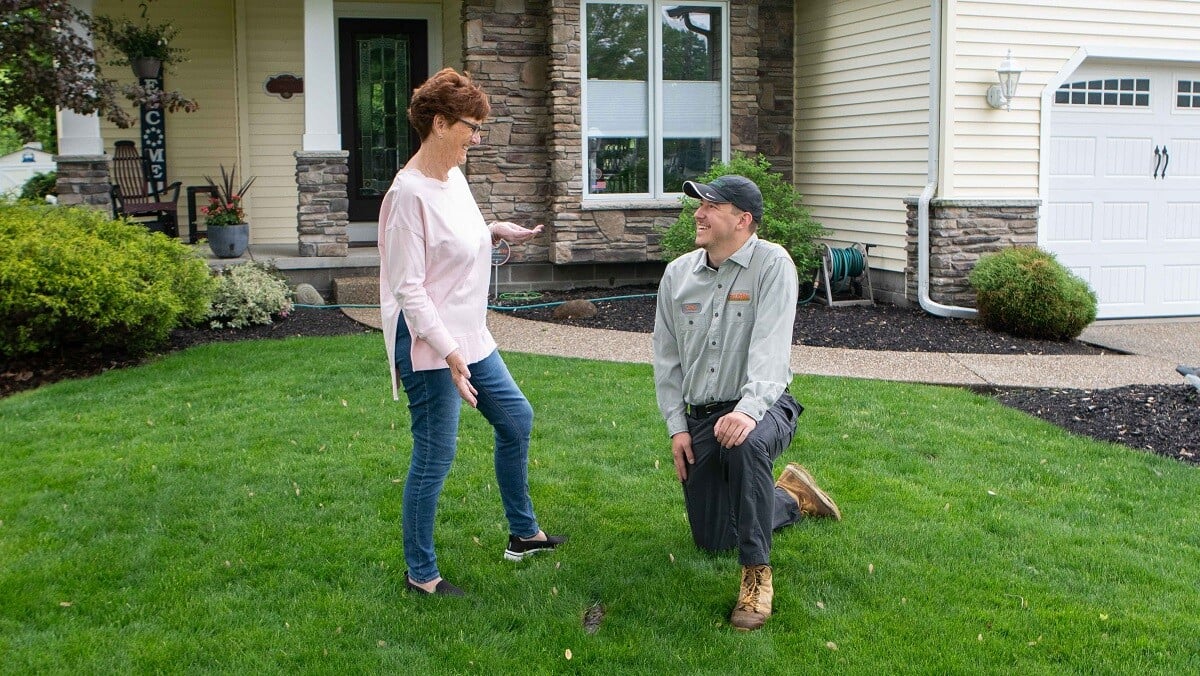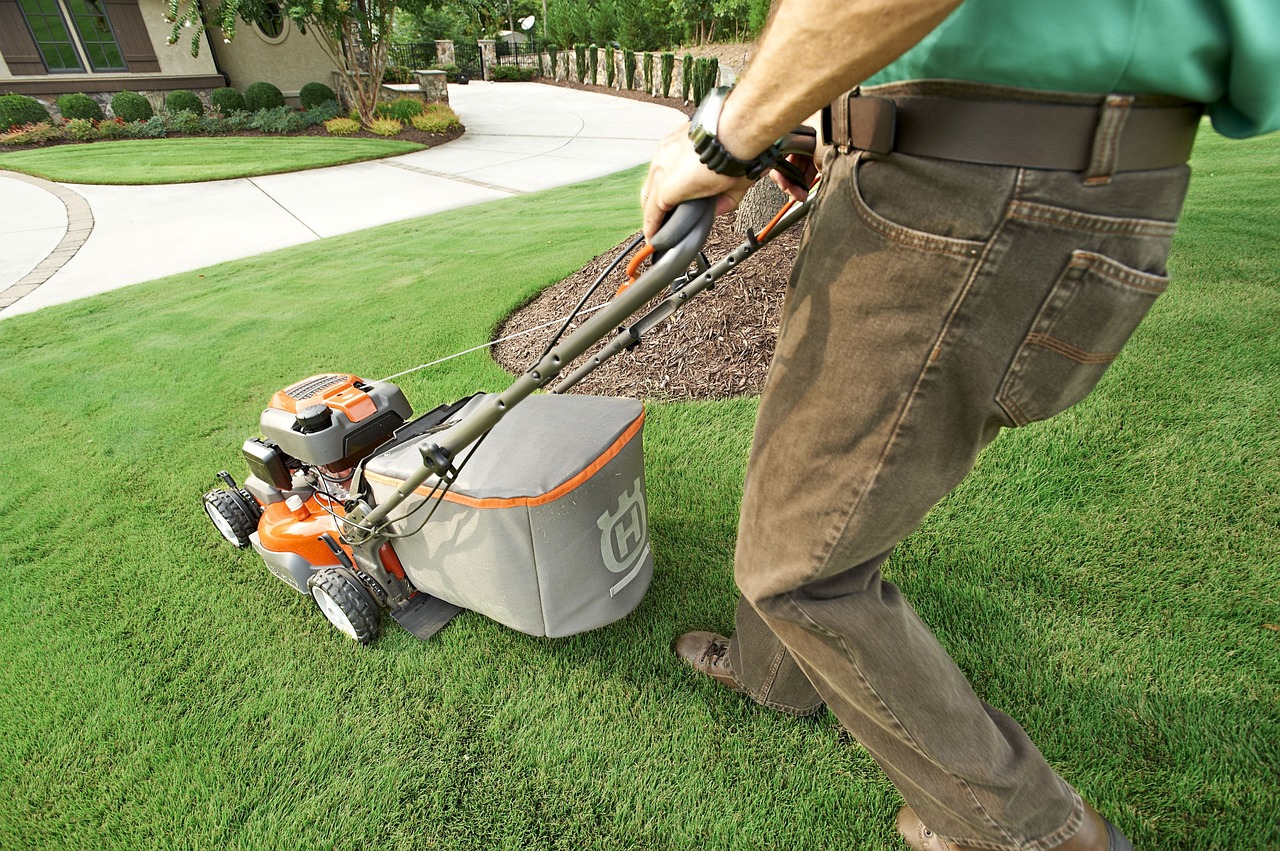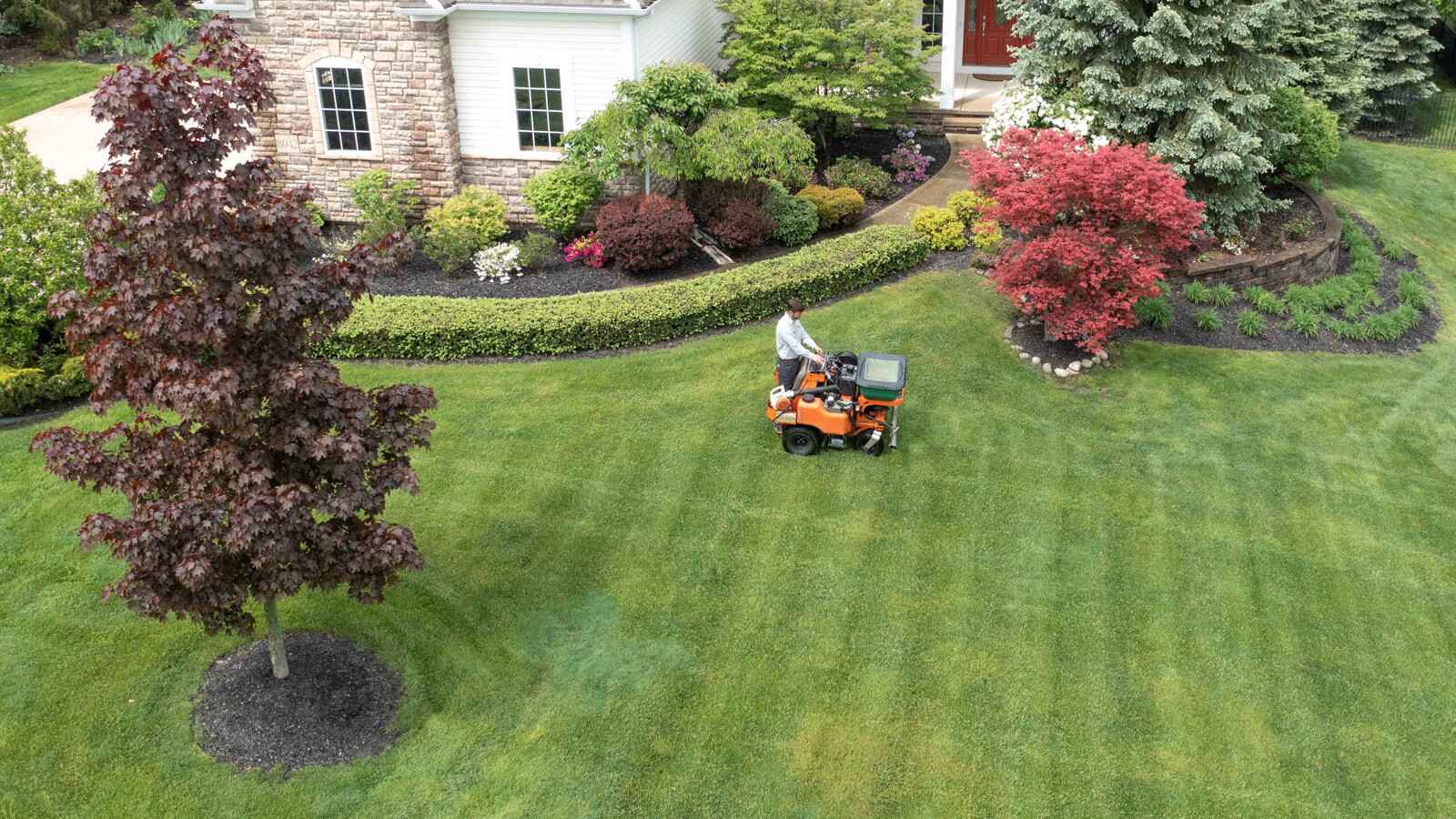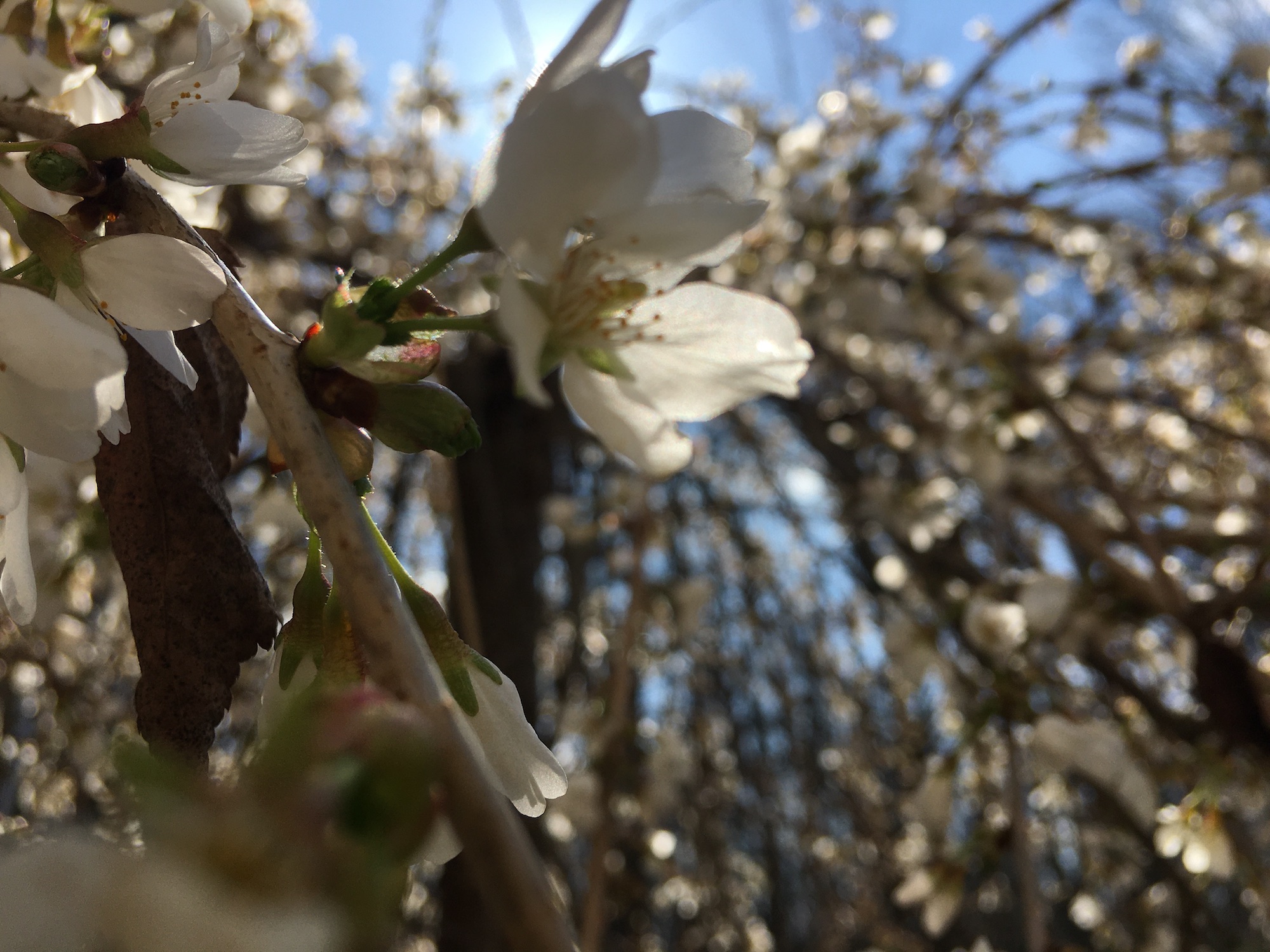
5 Best Practices for Spring Lawn Maintenance
You want to keep up with all of your Northeast Ohio lawn’s needs throughout the year, especially in spring.
Spring is one of those important times when you don’t want to delay too long to get your lawn going. You don’t want to miss your moment and notice that your grass color is now off or that you missed a fertilization window or that weeds are growing better than your lawn.
Spring is the time you get outside to enjoy your yard after all. You don’t want to be the one on the block who can’t enjoy your lawn because it looks rundown.
What you need are some tips on preparing grass for spring. Let’s discuss spring lawn steps you can take so your lawn gets a great spring start.

5 Spring Lawn Steps for Northeast Ohio Lawns
Lawn care services in Northeast Ohio span an entire year to ensure great grass health.
Spring is when that year really kickstarts.
Follow these lawn care steps in the spring to ensure you give your grass the best start possible.
#1. Spring Cleaning
Spring cleaning doesn’t only happen inside; it happens outside, too.
Once the winter chill dies down, preparing grass for spring starts with cleaning up your yard. This means lightly raking up dead leaves, stray twigs, and any debris. When raking, don’t be aggressive; just just want to lightly clear the lawn of leaves so that it can receive sun, air, water, and nutrients to grow.
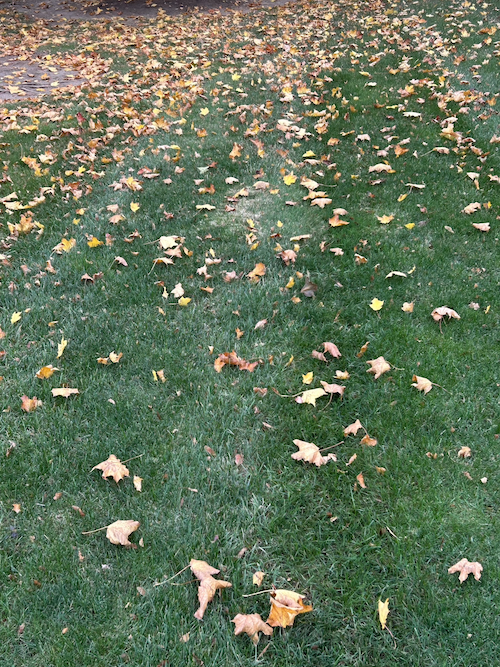
As you clean up your lawn, look for bare spots. Seed any bare spots larger than 12 inches in diameter when the weather warms up or – preferably – in fall when weather conditions result in better seed germination. You may notice snow mold or salt damage, and these areas will typically recover with air circulation and an early fertilizer treatment.
#2. Mower Best Practices
Another important spring lawn step is making sure your mower is ready to go.
Start by sharpening your mower blades, filling the tires with air, changing the oil, and making sure everything works properly. Check these things throughout the year as well to ensure you get a great cut every time.
When it’s time to mow, avoid making some common mistakes, such as mowing to the wrong height, mowing at the wrong frequency, and using unmaintained mowing equipment with unsharpened mower blades.
The ideal Northeast Ohio lawn height for optimum health is 3 to 4 inches. At times during the growing season, you might be tempted to cut your lawn extra short to save yourself time. But when you cut your lawn too short, you stress it out and could make it turn yellow or brown. You may also be giving weeds an entry because your taller lawn blades no longer shade those weed seeds.
/lawn%20mowing%20height.jpg?width=5168&height=2912&name=lawn%20mowing%20height.jpg)
Once spring weather is more consistent, you’ll mow weekly or even biweekly to maintain the ideal lawn height. Remember, never cut more than one-third of your grass blades at any one time.
A few other tips we would suggest include never mowing your grass when it’s wet since these can result in a ragged cut and clog your mower deck. When mowing, walk at an even pace. Recycling your grass clippings with a mulching mower helps deliver additional nutrients to your soil as they break down.
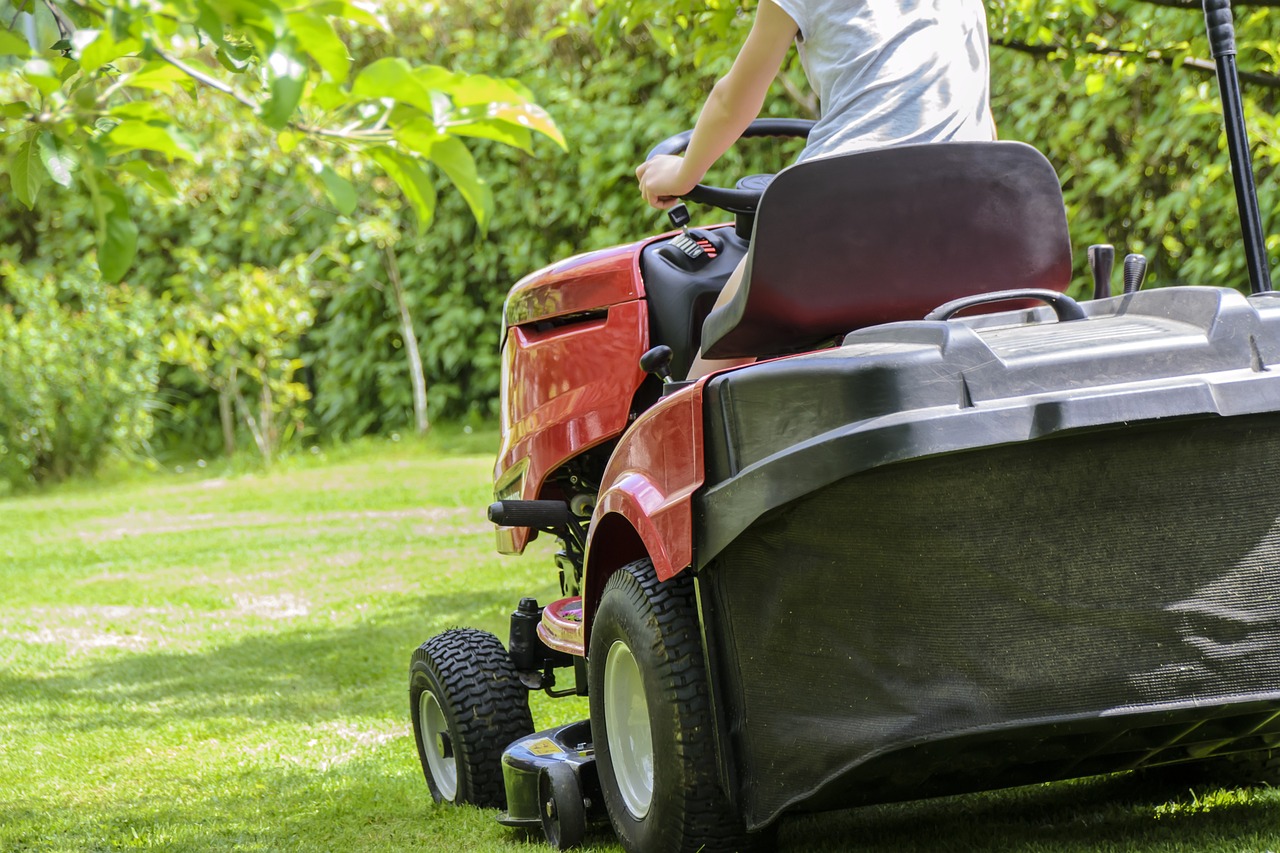
#3. Lawn Treatment in Spring: Fertilization
Your lawn soil takes a beating each year from foot traffic and mower traffic.
As a result, that soil can lack nutrients, leaving your lawn wanting for more.
That’s where one lawn treatment in spring comes in to save the day: fertilization. These treatments should continue throughout the year to benefit your lawn.
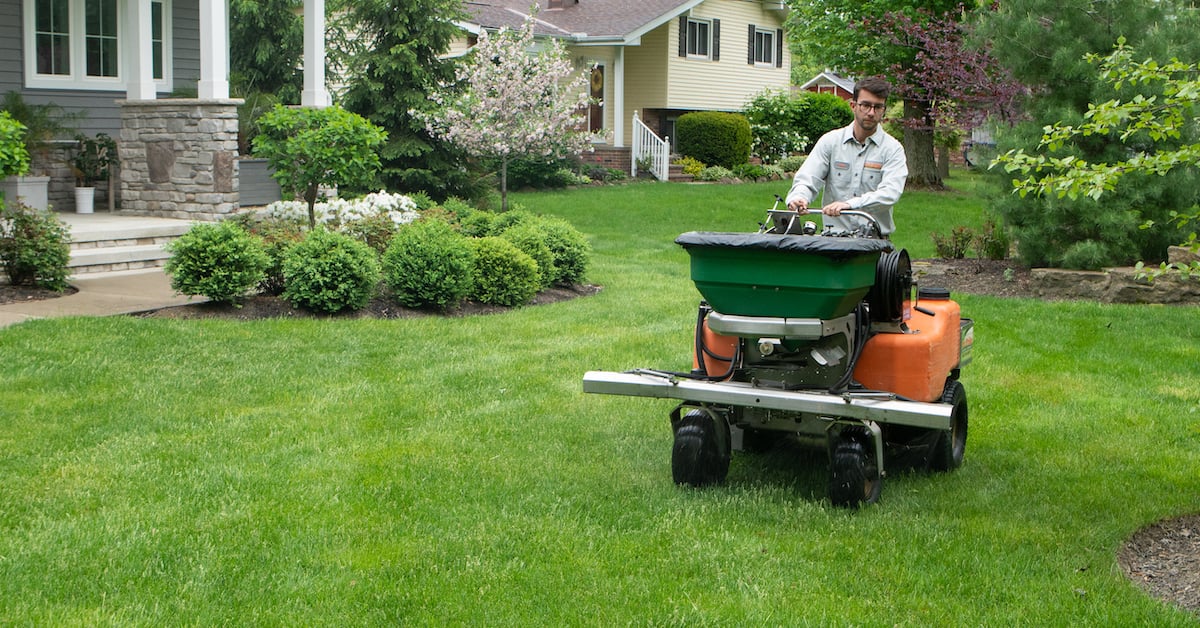
#4. Fight Spring Weeds
Weeds compete with your grass for water and nutrients, so knowing which weeds infest your lawn in spring and the optimal treatment timing for each weed can help you better control them.
In spring, putting down a pre-emergent herbicide application as part of your spring lawn steps can help you tackle those nasty weeds like crabgrass that are best controlled prior to germination. Pre-emergent herbicides are commonly applied earlier in the spring and then again later in the spring to help control those sneaky weeds that aren’t operating on a perfect schedule. This provides an extended period of control.
.jpg?width=1200&height=676&name=weeds%20in%20lawn(4).jpg)
#5. Water Your Lawn Properly
In spring, water may not be a big problem since rainfall is usually adequate for your lawn. But knowing the correct way to water grass is a lawn care step in spring that you want to keep in mind since water is important for your lawn’s overall performance.
If you notice yellow grass blades or an overall loss of health, this could be the result of insufficient water.
Your lawn needs roughly 1 to 2 inches of water weekly. If it doesn’t receive that from Mother Nature, you want to add supplemental water using an irrigation system or sprinklers.
Watering your lawn involves long, deep watering to encourage strong, deep roots and healthy, green grass. If you water too often for short times, you may get shallow roots, but your goal is always deeper roots.
Watering during the early mornings is also ideal, since sun and wind can evaporate your water before it gets a chance to soak into the soil.
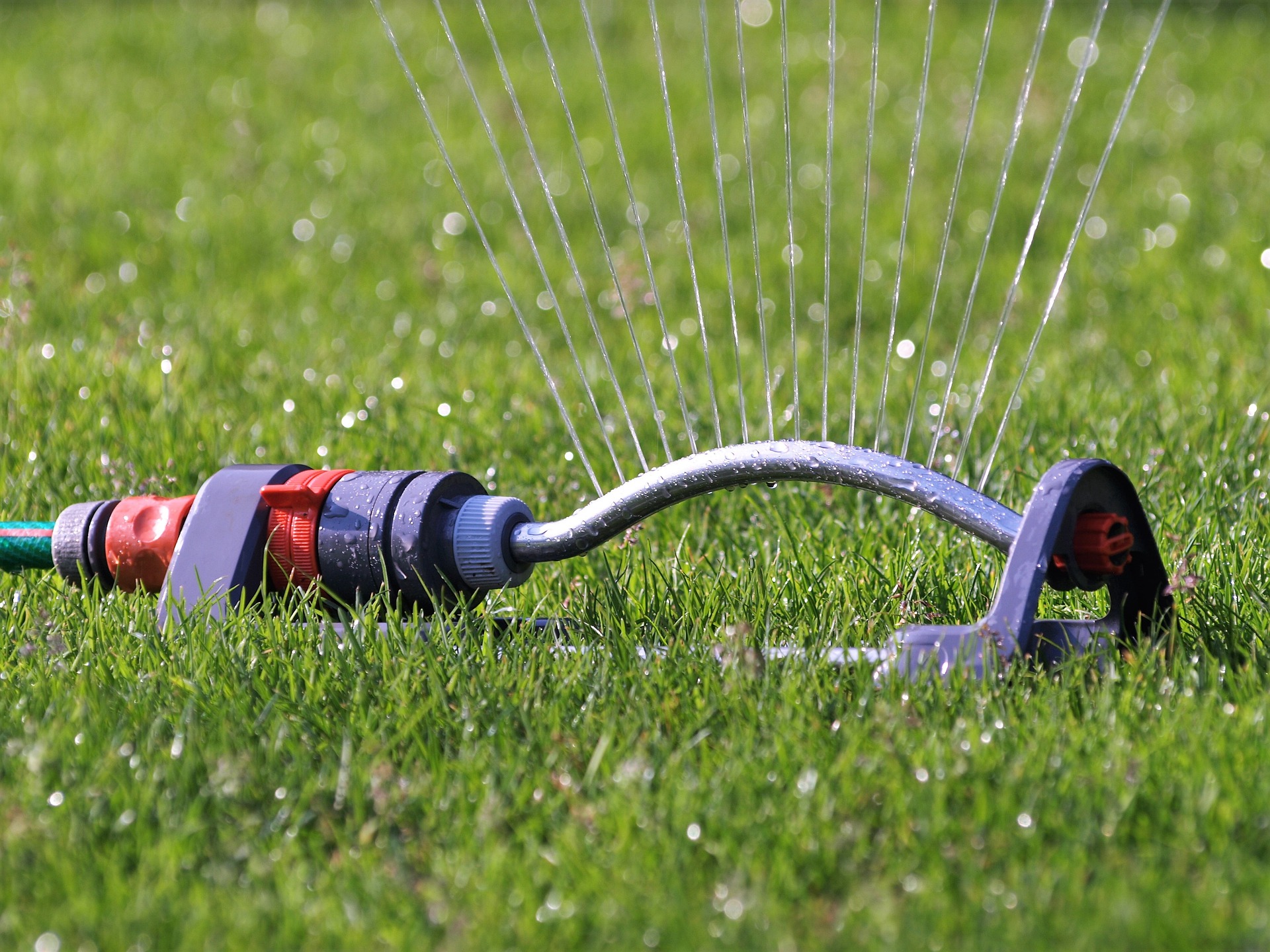
Follow These Spring Lawn Steps for Northeast Ohio Lawn Success
Tending to your lawn can be time consuming. To succeed, you should maintain proper mowing, watering, fertilizing, and weed control to ensure lawn success. And we hope following these spring lawn steps help you stay on top of the season.
Once the warm weather arrives, we know you get busy and it’s easy to forget what you have to do with your lawn while you’re also trying to enjoy the sunshine.
Want your weekend time back? We’re happy to take this job off of your hands. Call Turf Pride. You can choose from our different lawn care programs based on the results you’re after and your budget, and we’d be happy to check out your lawn and tell you what it needs for a great spring start.
/TurfPrideSpring2022(WebOptimized)-309.jpg?width=5168&height=2912&name=TurfPrideSpring2022(WebOptimized)-309.jpg)
Ready to learn why Turf Pride could be your choice for lawn care services in Northeast Ohio? We’re excited to learn more about you and help you have the best lawn on the block. Get started today with a free quote. Together, we can prepare a customized plan that is perfect for you and your lawn.



